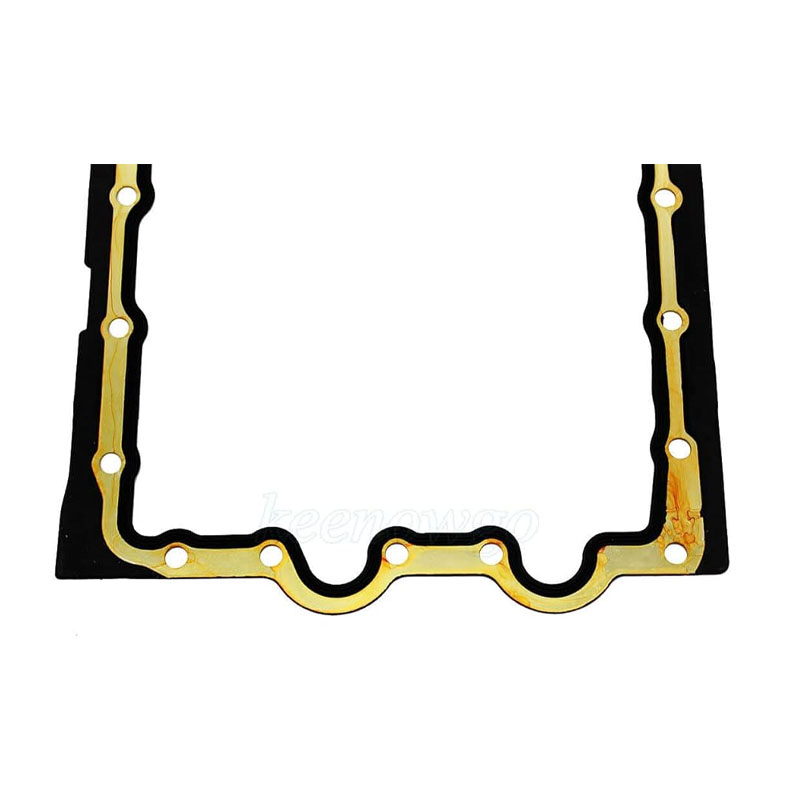high temp o rings
Understanding High-Temperature O-Rings Importance, Materials, and Applications
O-rings are ubiquitous components used in countless applications across various industries. Among the types of O-rings, high-temperature O-rings stand out for their critical role in environments where conventional rubber materials would fail. This article explores the importance of high-temperature O-rings, their materials, applications, and the considerations for their use.
Why High-Temperature O-Rings Matter
In many industrial processes, machinery must operate under extreme temperatures. Traditional O-rings, often made from common elastomers like nitrile or polyethylene, can easily become ineffective at high temperatures. They may harden, lose their pliability, or even degrade, leading to leaks and system failures. This is where high-temperature O-rings come into play. Designed specifically to withstand these adverse conditions, they ensure seals remain intact and functional, preventing leaks and maintaining system efficiency. The reliability of machinery often hinges on these small yet significant components.
Materials Used in High-Temperature O-Rings
High-temperature O-rings are typically made from specialized materials engineered to endure elevated thermal environments without succumbing to degradation. Some of the most common materials used include
1. Fluoroelastomers (FKM) Known for their excellent thermal stability, fluoroelastomers can withstand continuous temperatures up to 200°C (392°F) and intermittent temperatures as high as 230°C (446°F). Their chemical resistance makes them ideal for harsh environments.
2. Silicone Rubber Silicone is another popular material for high-temperature O-rings, capable of withstanding temperatures ranging from -50°C to 200°C (-58°F to 392°F). Its flexibility at extreme temperatures makes it suitable for various applications, although it is less resistant to certain chemicals compared to fluoroelastomers.
3. Polyurethane (AU) Polyurethane O-rings offer good resistance to high temperatures and excellent abrasion resistance. They can operate effectively in temperatures up to 120°C (248°F) while maintaining their sealing properties in dynamic applications.
4. Metal O-Rings In highly demanding environments, such as aerospace applications, metal O-rings may be employed. While they provide exceptional high-temperature resistance, they can lack the flexibility and adaptability of traditional elastomers.
Applications of High-Temperature O-Rings
The applications of high-temperature O-rings are broad and diverse
. They are essential components in- Automotive Industry High-temperature O-rings are crucial in engines and braking systems, where they help maintain critical seals that prevent fluid leaks and ensure optimal performance.
high temp o rings

- Aerospace In aerospace applications, O-rings must survive extreme conditions, including rapid temperature changes and exposure to aviation fuels. High-temperature O-rings are critical for maintaining the integrity of fuel systems and hydraulic circuits.
- Chemical Processing Companies involved in chemical manufacturing often employ high-temperature O-rings to prevent leaks in valves and pumps, especially when dealing with corrosive substances or elevated temperature processes.
- Oil and Gas The oil and gas sector frequently encounters high-pressure and high-temperature environments. O-rings used in drilling equipment and underwater applications must be capable of functioning reliably under these conditions.
Considerations for Selection and Use
When selecting high-temperature O-rings, several factors must be considered
1. Temperature Range Understanding the operating temperature and identifying materials that can withstand those conditions is crucial.
2. Chemical Compatibility The O-ring must resist the chemicals it will encounter. Always refer to compatibility charts for precise information.
3. Hardness The durometer of the O-ring can affect its performance in high-temperature applications. Softer O-rings may provide better sealing but can wear out faster under extreme conditions.
4. Design and Specifications Ensure the O-ring’s size and profile fit the application requirements. Incorrect sizing can lead to leaks or O-ring failure.
5. Installation Proper installation is key to performance. Avoid twisting or over-stretching the O-ring during installation, as this can compromise its sealing capabilities.
Conclusion
High-temperature O-rings play a pivotal role in ensuring the reliability and efficiency of various systems operating in extreme environments. By understanding the significance of these components, the materials used, and their applications, industries can better appreciate their importance. Investing in the right high-temperature O-rings can prevent costly failures and enhance the longevity of machinery, making them integral to modern engineering and manufacturing processes.
-
Understanding the Front Main Engine Seal: Purpose, Maintenance, and Installation
News Jul.29,2025
-
Understanding O-Rings and Seal Rings: Types, Applications, and Custom Solutions
News Jul.29,2025
-
Understanding Crankshaft Oil Seals: Rear Seals, Pulley Seals, and Their Role in Engine Integrity
News Jul.29,2025
-
The Importance of Front and Rear Crankshaft Seals in Engine Performance and Oil Management
News Jul.29,2025
-
Crank Oil Seals: Functions, Types, and Cost Considerations in Engine Maintenance
News Jul.29,2025
-
A Comprehensive Guide to O-Rings and Seals: Types, Materials, and Global Applications
News Jul.29,2025
-
Mastering Diesel and Performance Engine Maintenance: A Guide to Critical Oil Gaskets
News Jul.28,2025
Products categories















